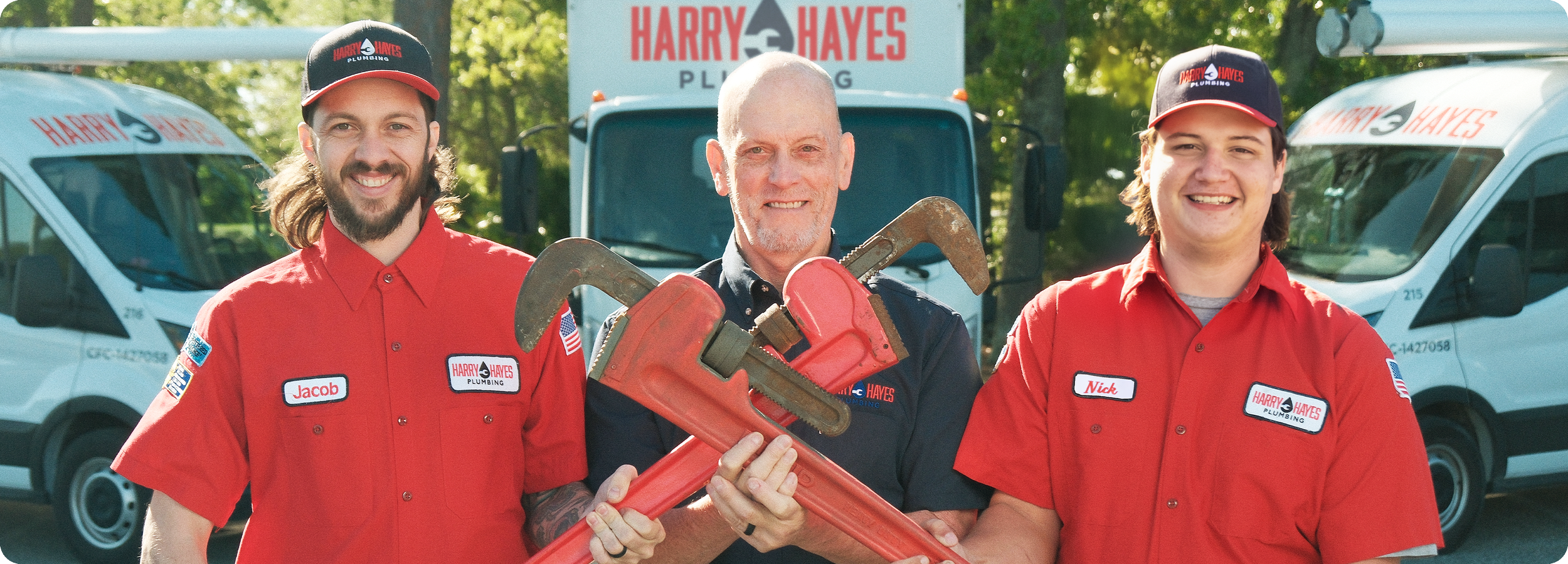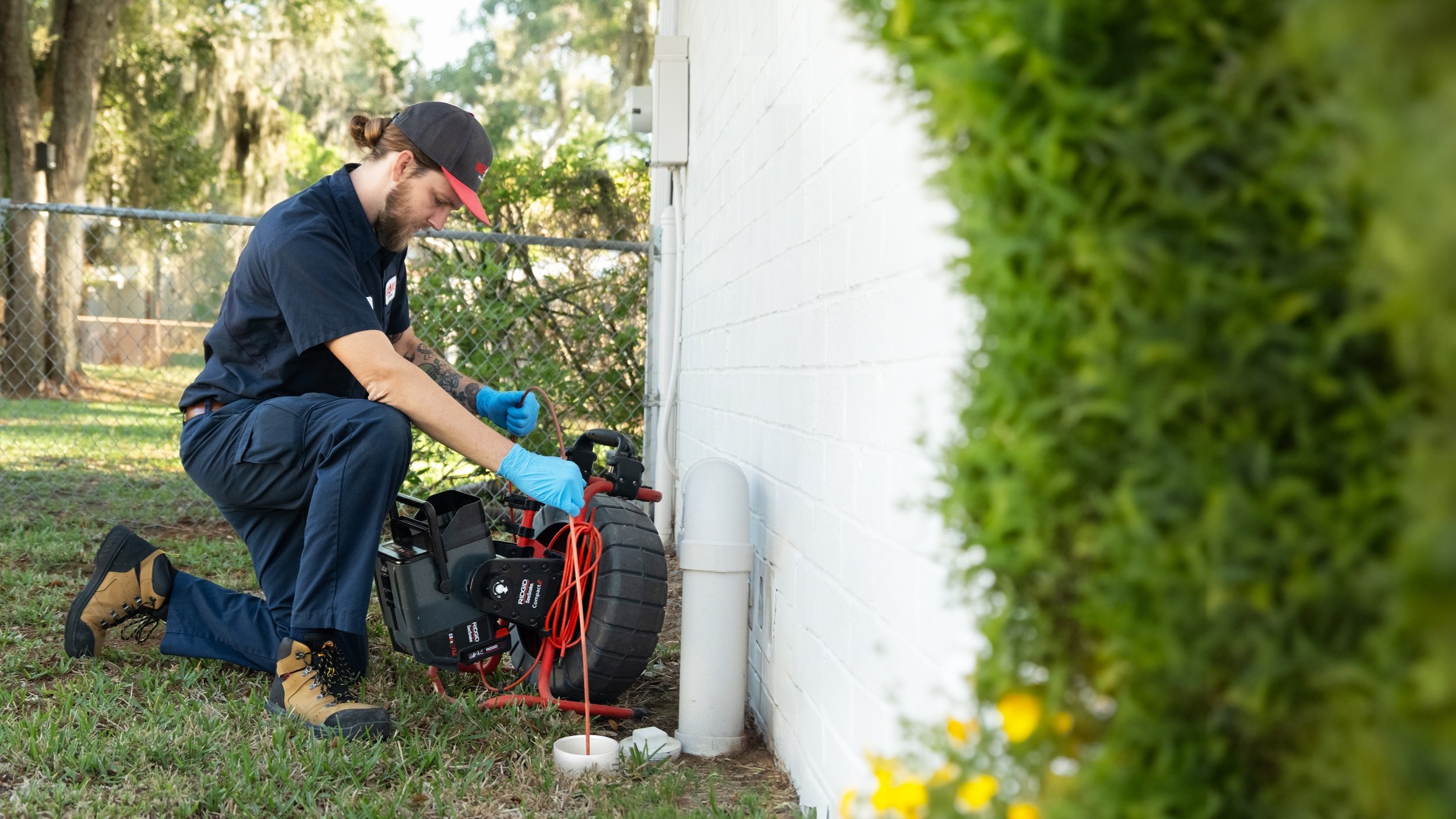30 Years of Expert Plumbing Services
Keeping Your Jacksonville Home Flowing Smoothly
100% Satisfaction Guarantee Our Promise
Certified & Background
Checked Technicians
No Surprise Upfront
Pricing Everytime
Priority Emergency Service
for Club Members
We Offer 24/7 Emergency Plumbing Service

Why Harry Hayes Plumbing?
We are here for you!
100% Satisfaction Guaranteed
Your satisfaction comes first - that’s why you don’t pay until the job is done right. We take pride in delivering top quality service, and we won’t rest until you’re happy with the results.
No Surprise Upfront Pricing
Never worry about hidden costs - we’re always upfront about pricing. With transparent, no-surprise pricing, you’ll know exactly what to expect before we start.
Certified & Background Checked
Our technicians are thoroughly screened, drug tested, and professionally trained, giving you the confidence that every service is performed with care, skill, and your complete peace of mind.
Lifetime Diamond Club
The Lifetime Diamond Club is an exclusive membership for our customers, providing special benefits and priority service.
Only the Best for Your Home - Our 5-Star Technicians Deliver Quality Service.
We Serve Jacksonville Florida and Surrounding Areas
Jacksonville, FL
Jacksonville Beach
Neptune Beach
Atlantic Beach
Orange Park
Fruit Cove
Green Cove Springs
Fleming Island
St. Augustine
Ponte Vedra Beach
St. Johns County
Duval County
Nocatee
Palm Valley
Julington Creek
Harry Hayes Plumbing delivers top-quality local plumbing services in Jacksonville, Florida, performed by an experienced team you can trust for more than 30 years. We’re proud to combine expert craftsmanship with honest, reliable service that puts your needs first.
WE OFFER FINANCING!
Pay in installments for your plumbing services. It takes just a minute to see your options, and checking eligibility won’t impact your credit score.
We partnered with Wisetack to offer our customers flexible financing, so you can pay over time rather than all at once. The application takes about a minute to complete, and checking your options does not impact your credit score. If approved, you can choose the payment plan that works best for your budget.
Looking to pursue a plumbing career in Jacksonville, FL?
Harry Hayes Plumbing is now hiring motivated, honest and experienced plumbers. Business is booming in the plumbing industry in the Jacksonville area and we are in need of skilled plumbers who have a history of verifiable work and experience. We are seeking plumbers proficient in residential and commercial service, repair, maintenance, installations and new construction. Start your career with Harry Hayes Plumbing!
Affiliations
At Harry Hayes Plumbing of Jacksonville, FL, our experienced team of plumbers is committed to delivering outstanding service and ensuring your complete satisfaction. With over 30 years of experience in the plumbing industry, we take pride not only in the quality of our workmanship but also in the honest, respectful way we treat every customer. From the moment you call to the completion of your project, you can count on us to provide reliable solutions with integrity and care.



















